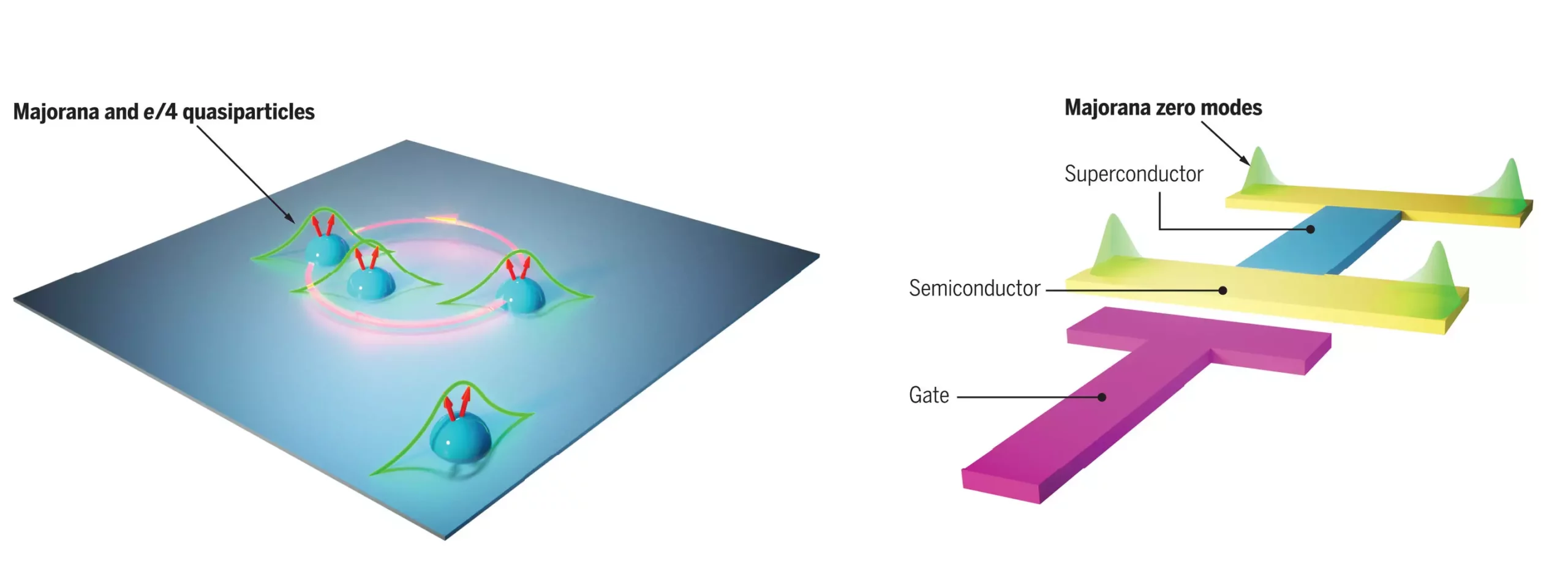Majoranas, named after an Italian theoretical physicist, are complex quasiparticles that have the potential to revolutionize quantum computing. These particles possess unique characteristics that differ from regular electrons, making them intriguing to researchers in the field of quantum science. Majoranas can exist in certain types of superconductors and in a quantum state of matter known as a spin liquid. They hold the key to efficient methods for storing and transferring information across great distances, which could significantly impact the development of next-generation quantum computing systems.
A team of researchers, including Harvard University’s Amir Yacoby, has been dedicated to studying Majoranas to uncover their full potential. The researchers have published a review paper in Science outlining the state of Majorana research and the progress made in the past decade. The team, comprised of researchers from Harvard, Princeton University, and the Free University of Berlin, has focused on identifying materials in which Majoranas can exist separately. By isolating and measuring Majoranas, scientists aim to understand their behavior and potential applications better.
Promising Platforms for Majorana Research
The researchers in the field of Majorana study have identified four promising platforms for isolating and measuring Majoranas. These platforms include nanowires, the fractional quantum Hall effect, topological materials, and Josephson junctions. Nanowires, thin rods made of a semiconducting material, have been extensively studied as a potential option for realizing Majorana-based quantum systems. The fractional quantum Hall effect, which occurs under the influence of a strong magnetic field, is another way to create an environment conducive to Majoranas. Topological materials, with their unique structure of interior insulating regions and exterior conducting regions, also show promise for hosting Majoranas. Josephson junctions, consisting of two superconductors separated by a normal material, are another platform that could potentially house Majoranas.
The main challenge in Majorana research is identifying materials where these particles exist and understanding how to detect them. Researchers are constantly exploring new theoretical and experimental methodologies to screen materials for Majoranas and observe their unique capabilities. By applying new techniques to different types of materials, researchers hope to uncover unexpected phenomena and gain a deeper understanding of Majorana behavior. Collaborations within the Quantum Science Center (QSC) have been instrumental in advancing Majorana research and leveraging emerging technologies in the quantum science community.
Majoranas hold immense promise for the future of quantum computing, with the potential to revolutionize information storage and transfer. Through dedicated research and collaboration, scientists are making strides in understanding these complex quasiparticles and unlocking their full potential in next-generation quantum computing systems.


Leave a Reply